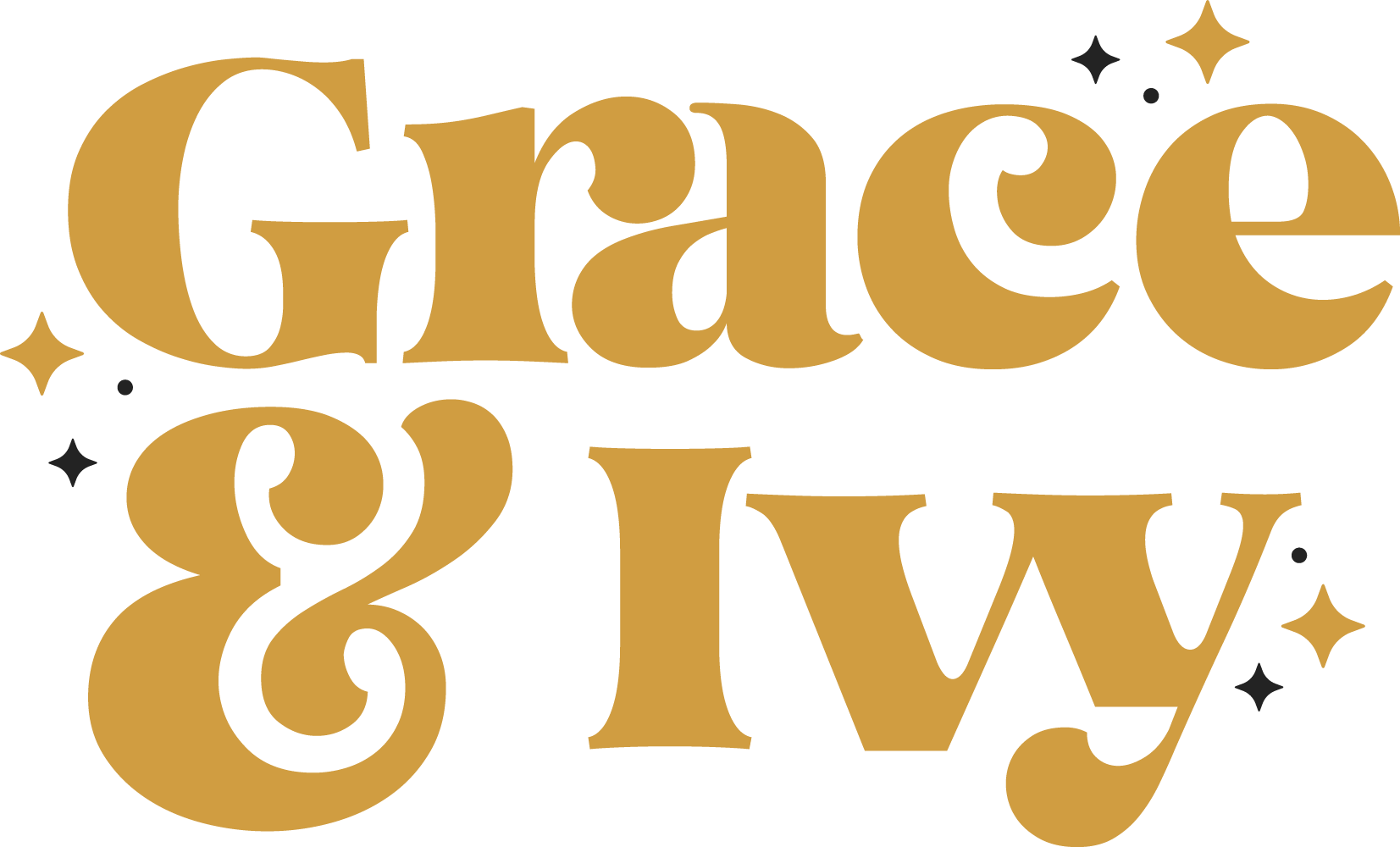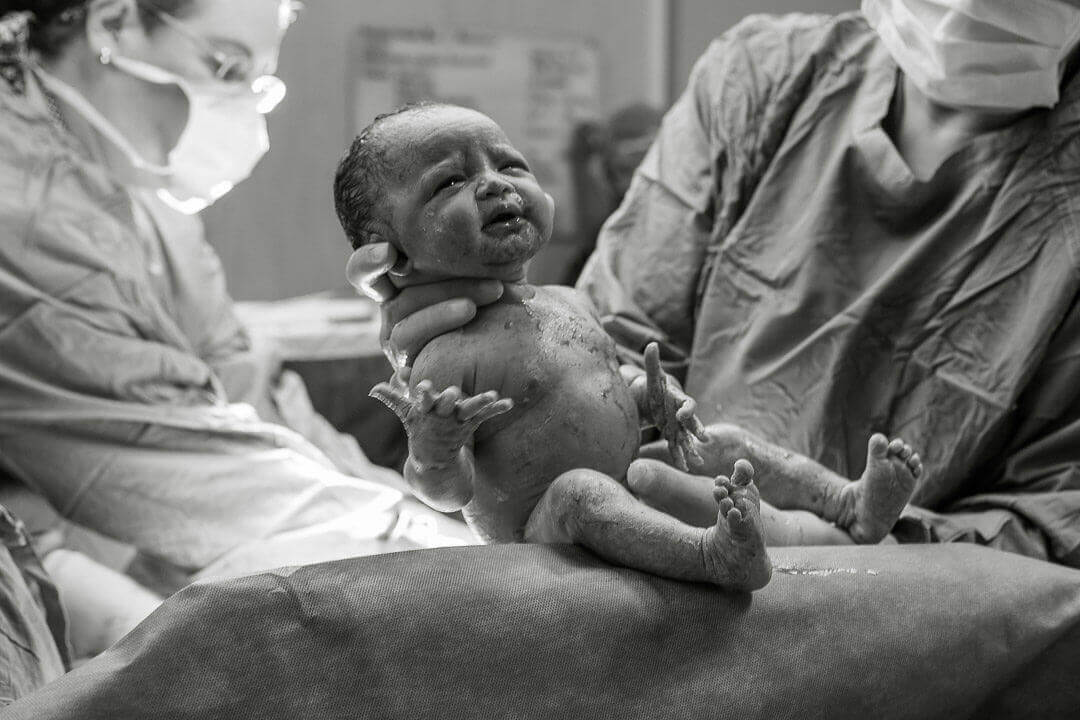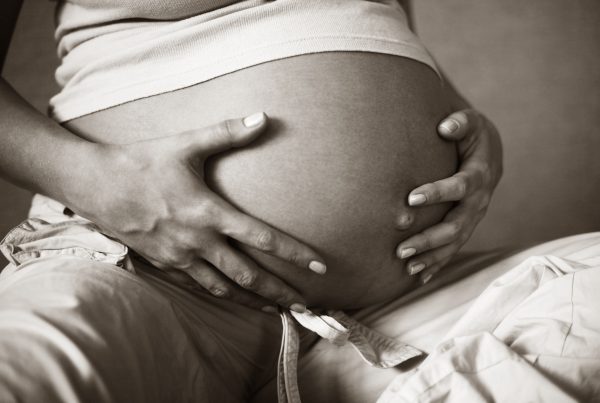Recently, I was lucky enough to be in a room full of birth workers listening to Rhea Dempsey and Liz Newnham discuss the topic – Epidural: Friend or Foe. About 2 minutes into the chat, I realised I was in the right place when Rhea said she thought a better name for the presentation was ‘The Fucking Epidural’!
Anyway, my real reason for going along was that it was a fundraising event for Birth for Humankind. I had recently become a volunteer doula with them, and I wanted to start supporting them right away. So I rocked up as a way of making my $20 donation and found myself engrossed in the discussion between these two wonderful women. It also got me thinking deeply about our current birth culture.
Ask any pregnant person what an epidural is, and you will likely get an answer something like this…
“It is a needle in the spine that numbs you from the waist down, so you don’t feel the pain of childbirth.”
Ask them again what the risks or complications are, and they will probably tell you you there aren’t any, it is totally safe.
If this is, in fact, the answer that you get I feel our birthing culture has swallowed precisely what the medical profession wants us to believe about epidurals. Easy, safe and readily available.
But in reality, there is a little more to the humble epidural than we are lead to believe.
An epidural, in relation to childbirth, is a type of regional anaesthesia (pain relief) that blocks pain from the fundus (top of the uterus) to the pubis (pubic bone). A local anaesthetic, an opioid (narcotic) or a combination of the two is injected via a small tube (catheter) which has been positioned between lumbar vertebrae (spinal bones) at L2 and L5. A needle is used to position the catheter, it is then removed, and the catheter is taped to the back to minimise the risk of it moving or slipping out. A local anaesthetic is usually used to numb the area before the needle is inserted but depending on who you ask an epidural placement is described anywhere between mildly uncomfortable to painful. Once in situ, the patient can control the amount of medication that is delivered.
The medical profession has done an outstanding job of selling epidurals as a risk-free pain relief option for childbirth, and people are buying it, hook, line and sinker!
But the fact is there are risks associated with the epidural. They may not be the catastrophic type that the same profession likes us to believe about VBAC, but there are risks none-the-less and a whole list of them to boot:
- Inadequate pain relief – contractions may feel less intense, but often the actual birthing process (baby moving down the birth canal) is still felt with some intensity (1 in 8)
- Increase in mother’s temperature – this may lead to treatment of the mother and baby which can increase the likelihood of newborn pathology testing, IV antibiotics and isolation in the nursery
- Hypotension – a significant and sudden drop in the mother’s blood pressure which may be treated with IV fluids, medications, and oxygen (1 in 20)
- Backache – short-term or long-term from the bruising caused by the injection or from ligament strain due to prolonged time spent in damaging positions or inappropriate movements caused by the mother’s body being held in precarious positions for birthing
- Headache – Significant or severe, post-birth, caused by the leakage of spinal fluid which may require ongoing bed rest and possible further treatment (1 in 100)
- Uncontrollable shivering
- Ringing in the ears
- Nausea
- Uncontrollable itching
- Infection – may lead to an abscess (1 in 50,000) or meningitis (1 in 100,000)
- Accidental unconsciousness (1/100,000)
- Difficulty urinating – a catheter is usually placed before the epidural
- Human error or maternal structural anomalies – may cause an inability to place the catheter properly, or injection of the anaesthetic into a blood vessel or too much anaesthetic being given
- Numbness and weakness from needle injury to nerves lasting > 6 months (1/1000), or permanent (1 in 13,000)
- Respiratory depression – in the mother with the use of epidural narcotics up to 12 hours later
- Slowed labour – may result in the administration of artificial oxytocin (Pitocin/Syntocinon) which increases the chances of a C-section (2-3 times more likely)
- Prolonged second stage of labour – reduction in pelvic floor muscle tone which may affect the baby’s position and its ability to turn for a normal delivery, increasing augmentation with (Pitocin/Syntocinon)
- Instrumental birth – forceps and vacuum extractor assistance required (x2)
- Abnormal foetal heart rate patterns – often resulting in C-section
- Neurobehavioral effects in the baby such as irritability or inconsolability – lasting six weeks or less
- Interrupted rooting reflex and suckling behaviour – may lead to trouble latching on and establishing breastfeeding
- Brain damage, permanent neurological injury (including sensory loss, motor weakness and paraplegia) and death (1 in 250,000)
Internationally revered childbirth educator, Penny Simkin states that there is always a trade-off when medications and interventions are used during labour. She says…
Each woman must know and consider the potential benefits and risks of the intervention and apply them to her own circumstance.
This makes perfect sense, and as adults, we usually do this with most aspects of our life. But to do it effectively we must be given all available and pertinent information; otherwise, we are just winging it.
Rhea and Liz gave a great example of this during their talk, and they did it by comparing the language used by the medical profession when informing birthing people about two common pain relief methods – the epidural and water birth.
Liz Newnham has completed a study and published a book on this very subject entitled “Towards the Humanisation of Birth – A Study of Epidural analgesia and hospital Birth Culture” which I have been lucky enough to read. The evidence it puts forward makes it very clear that epidurals undermine childbirth physiology and lead to increased intervention rates.
With suicide now, the leading indirect cause of maternal death in many Western countries, addressing the humanisation of birth is imperative. All women should be supported through the physiology of birth unless they make an informed decision that it is not for them.
In her book, Liz compares the language used in a waterbirth policy and an epidural information sheet and notes that there is a significant difference in the style of language used.
In the epidural info sheet, the introduction states…” Epidurals are commonly used in labour for pain relief…They provide very good pain relief, and you may want one when you are in labour.” It also goes on to describe epidurals as a “special kind of pain relief” and notes that they are “very safe”
The language is much softer and fluffier than that used in the water birth policy it was compared to, where the first sentence states “Hospitals, doctors, and midwives in South Australia generally do not advocate waterbirth…Giving birth in water has resulted in some serious incidents that do not occur outside water, including drowning”.
When comparing the complications mentioned in the fact sheets the epidurals are discussed in almost prose-like language…” Common side-effects include discomfort…a drop in blood pressure, and occasionally the need for a catheter in the bladder…If the epidural needle is unintentionally inserted too far it can puncture the membrane containing the spinal fluid, causing severe headache…Less common side-effects include the epidural working too high up your body, leading to some difficulty breathing…”
But the water birth is discussed using much stronger language and formal structure listing ‘musts’ and ‘only ifs’…
All conditions for using a bath during labour must be met
There must be no medical reasons against giving birth in water
You must be prepared to leave the bath when necessary for reasons of safety
You may need to stand up to facilitate the birth
The baby must be brought to the surface as soon as it is born…
And… You can only give birth in water:
If you have a normal pregnancy and normal labour
If you explicitly ask for a waterbirth
If you have read this leaflet, understood it, and discussed it with your midwife or doctor and signed the consent form below
Even before the first pang of labour, some pregnant women are adamant about having an epidural for pain relief!
In the Australian public health system epidurals are administered in nearly a third of all births and in the private system that number skyrockets even higher. Maybe the way we discuss our birth stories also has something to do with this?
Being in many birthing/parenting groups on social media, I have noticed a very concerning trend of negative birth stories being retold in great descriptive detail. Often it sounds like the labouring person is close to death from the sheer agony of labour and only manages to survive because of the relief of the epidural. The anaesthetist is discussed in terms that describe them as close to superhero status—coming in to save the day at the last minute.
In these groups, we very rarely get to hear birth stories where the pregnant person planned and educated themselves, then laboured beautifully using affirmations, comfort measures and ancient feminine knowledge to birth their baby. Where they allowed their amazing body to do the work it needed to do to open. Where they let the oxytocin flow to get their uterus contracting, to get those labour pains working for them. Then, just when they think they can’t go on, their body surprises them. Releasing its pain relief…endorphins kick in, and suddenly they feel confident and strong enough to go on and birth their beautiful baby into a lovely, oxytocin filled room. Hard work, strength and resilience got them through what Rhea calls the ‘crisis of confidence’!
Why aren’t more people sharing these stories of strength and resilience?
Is it because when they do, they hear that are just ‘lucky’? That they had an ‘easy’ labour? That they are made to feel that their labour experience doesn’t need to be told because it isn’t dramatic. Or do they not tell their stories because they don’t want the other mothers with the superhero anaesthetist to feel bad because of the cascade of intervention that was triggered by having the epidural?
Either way, why are these natural birth stories not being held up and celebrated? Why are they considered stories of luck, and not stories of powerful, strong people who were able to dig deep and get through something hard?
By not holding these stories of strong birthing people up; by not embracing their primitive energy and how they rocked their physiological birth, means we are putting the epidural on the pedestal. We are returning the anaesthetist into the superhero because the epidural assisted birth has become the norm in the combined psyche of our birthing people.
I am not saying there is never a time or place for the epidural in our birth culture.
Of course, there is! We just need to go back to regarding it as a problem solver, not the gold standard of maternity medicine. Offer it to the person who is in the middle of an extremely long labour. Or the person who is having an abnormal amount of pain and is truly suffering from their labour, or the person whos labour has stalled—properly stalled, even after they have tried all known methods to get it moving. Just don’t assume that every person who walks through the door will want or need one.
The way we are currently using epidurals has meant that we have moved away from what natural birth is; primal, instinctive, love-fueled strength and power. We have confused functional pain with pathological pain, and now, suddenly all pain in labour is considered bad. We have allowed a cultural relationship to develop between the epidural and instrumental births to the point that in all teaching hospitals enable student doctors to ‘practice’ on women who have epidurals.
We have allowed the medical system to fuck with birth and with women to the point that it is almost misogynistic.
Some of you may ask “Why does it matter as long as the birthing person has the choice?” and on some level, I agree with you. I am all about pregnant people making choices that are right for them, and I would never consider telling someone they made a bad choice or the wrong decision. However, I wonder whether the choice was actually taken away from us. Just imagine what it would be like in our birthing culture today if all those years ago, the medical profession had decided to embrace natural birth. Imagine if they had decided to spread the message that functional pain is power, instead of developing a procedure that puts us at the mercy of doctors and their power and often sets off a chain reaction of interventions that as birthing people we have no control over! What would it be like if our labouring people walked into a medical facility to birth and had the same chance of being offered a water birth as being offered an epidural?
It is the medicalisation of birth wrapped in the ‘choices’ banner that has me raging. We need to unfuck the damage that has been done and reclaim birth and the strength and positivity of the functional pain that goes with it. That pain of labour is not an indication of damage, danger or illness, as Rhea reminds us. It is an indication of a body working outside of its normal comfort zone, exerting itself more than it usually does during its regular sedentary existence. If we just thought of labour and birth like a marathon, where the uterus does all of the work instead of the legs, then we would be able to prepare for birth and the pain that comes with it, just like we prepare for the pain of a marathon. Numbing that physiological pain doesn’t necessarily increase the birthing person’s satisfaction with the birthing process either. Many people come out of an epidural assisted birth and are still unsatisfied with their birth.
Even’ childbirth classes’ at hospitals buy into the ‘Epidural is King’ bullshit. Many of them are nothing more than an orientation to the hospital and a discussion about when to ask for the epidural. Maybe, if it’s a good class, they will bring out the model pelvis and show you what a posterior presentation is, advising that you will ‘definitely want the epidural if you have one of those’!
I hate the fact that I sound so cynical because I love birth and supporting pregnant people through any birth choices they make. Still, the fact most student midwives and obstetricians never get to see a normal physiological birth during their training is just disgraceful! Going back to the question of Epidural: Friend or Foe, I would have to say that the way it is viewed and being used currently, I would have to call FOE in the majority of cases. Its use and normalisation has taken women away from the miracle their body was built to perform.
We need to stop allowing the system to fuck with the resilience of birthing people and support them to reach back into their ancient feminine strength and wisdom to trust their bodies and their babies during birth, just like we used to do. Our bodies are magnificent and were made to do hard things.





